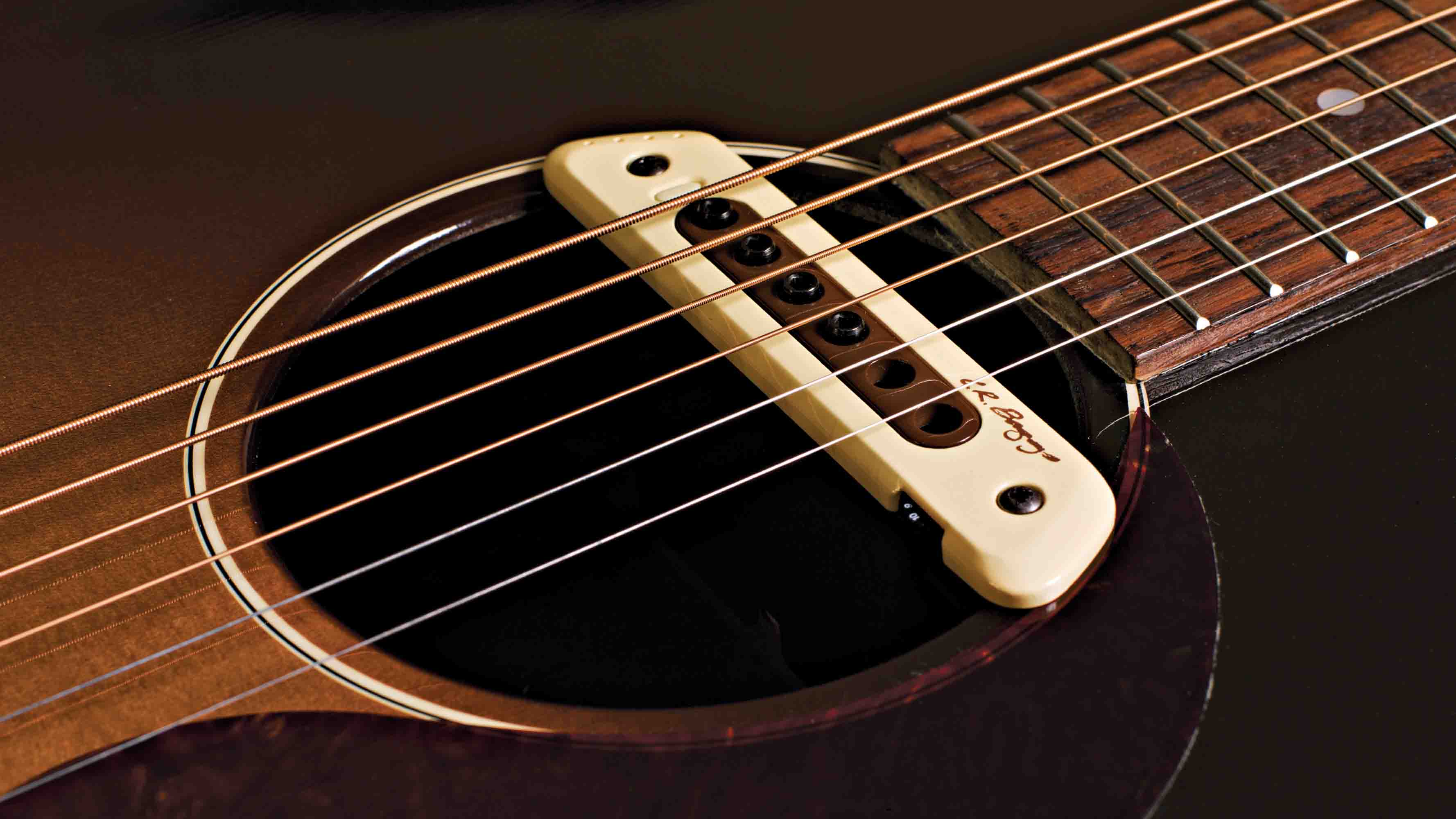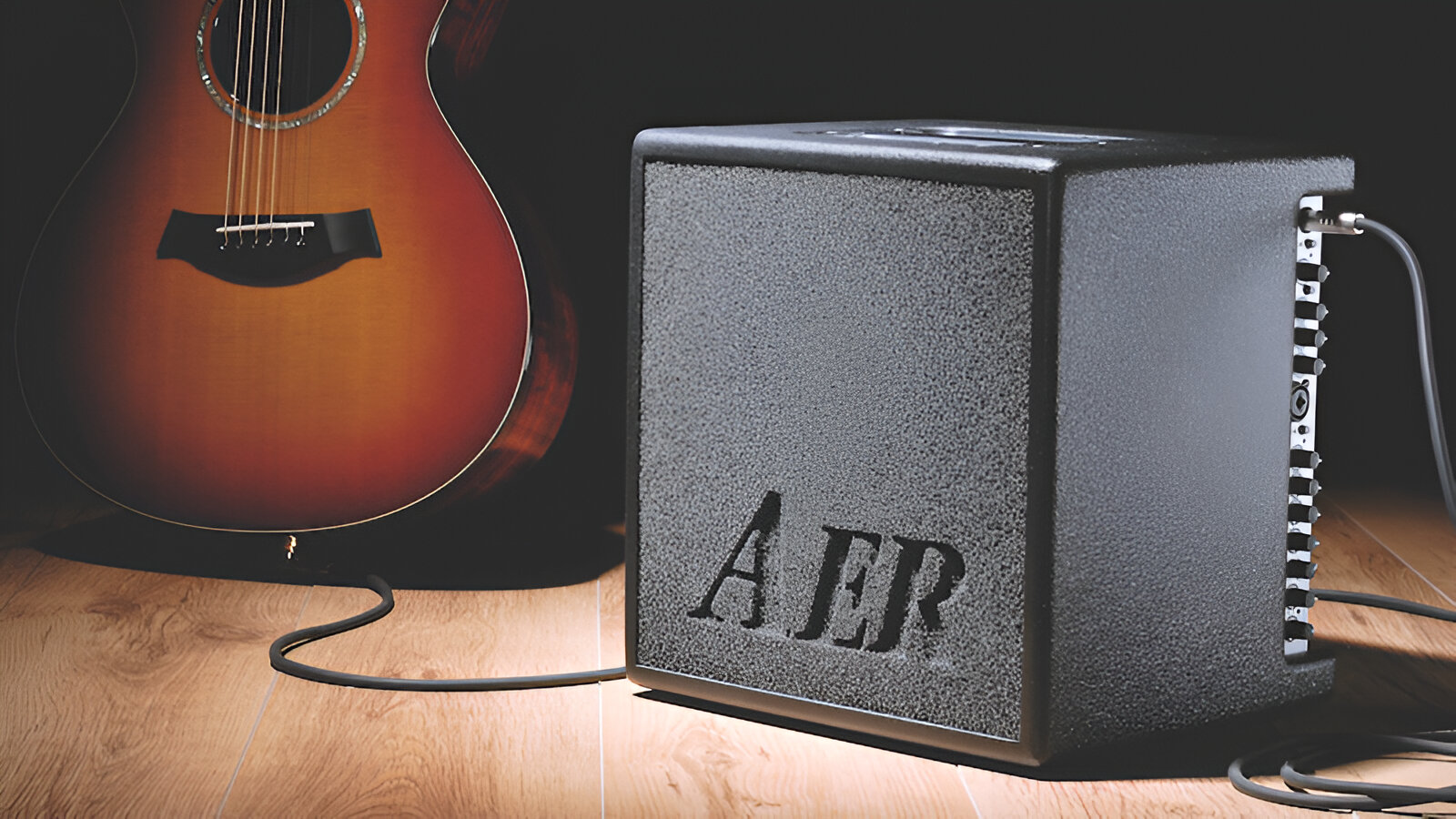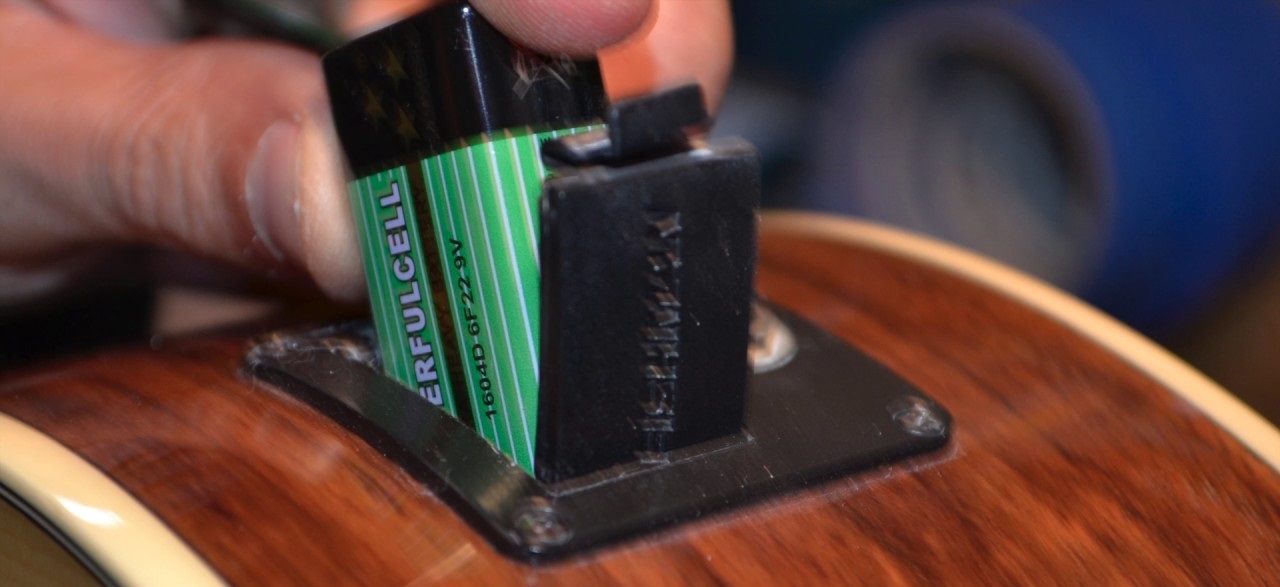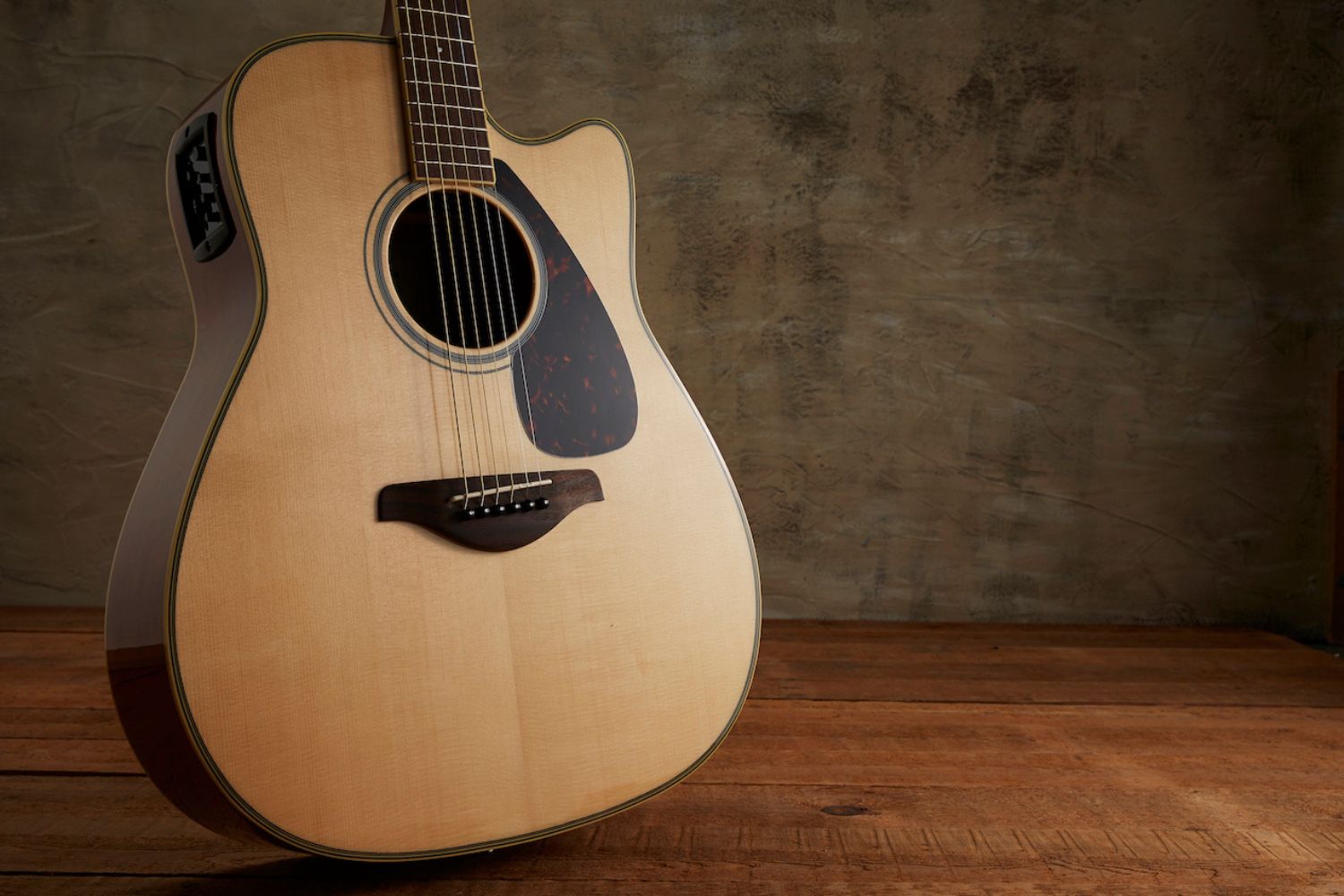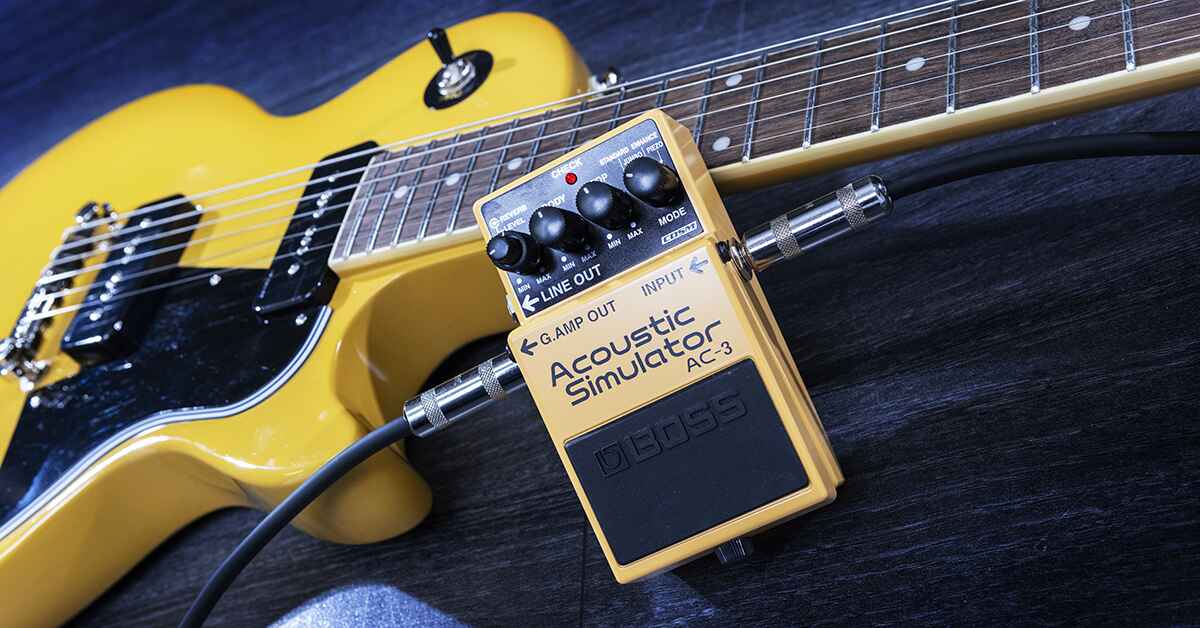Introduction
Introduction
When it comes to musical instruments, few can rival the timeless appeal and versatility of the acoustic electric guitar. This instrument seamlessly combines the resonant, organic sound of an acoustic guitar with the amplified capabilities of an electric guitar, making it a popular choice for musicians across genres. Whether you're strumming chords around a campfire, performing on stage, or recording in a studio, a good acoustic electric guitar can be a reliable companion, offering a rich sonic palette and exceptional playability.
The allure of the acoustic electric guitar lies in its ability to adapt to various playing styles and environments. From delicate fingerpicking to aggressive strumming, this instrument accommodates a wide range of techniques, making it suitable for both beginners and seasoned players. Its acoustic nature allows for unplugged performances, while the built-in electronics enable seamless amplification for larger venues. This duality makes the acoustic electric guitar a valuable asset for musicians seeking flexibility and expression in their craft.
Moreover, the acoustic electric guitar embodies a harmonious blend of tradition and innovation. While it maintains the classic silhouette and tonal warmth of an acoustic guitar, the incorporation of pickups and preamps represents a leap into the modern era of music. This fusion of old and new resonates with players who appreciate heritage yet embrace technological advancements, positioning the acoustic electric guitar as a symbol of timeless artistry and contemporary convenience.
In the following sections, we will delve into the essential factors that define a good acoustic electric guitar, including sound quality, playability, electronics, body style, and price range. By understanding these elements, aspiring musicians and seasoned artists alike can make informed decisions when selecting an instrument that not only meets their musical needs but also inspires creativity and musical exploration. Let's embark on this journey to uncover the nuances of the acoustic electric guitar and discover what sets exceptional instruments apart from the rest.
Sound Quality
One of the most crucial aspects of a good acoustic electric guitar is its sound quality. The harmonious blend of acoustic resonance and electric amplification should deliver a captivating tonal character that resonates with both the player and the audience. When evaluating sound quality, several factors come into play, each contributing to the instrument’s overall sonic performance.
Tonewoods: The choice of tonewoods significantly influences the tonal profile of an acoustic electric guitar. High-quality spruce, cedar, mahogany, and rosewood are commonly sought after for their distinct sonic properties. Spruce, known for its clarity and dynamic range, often adorns the soundboards, while mahogany and rosewood contribute warmth, depth, and resonance to the instrument’s tone. A good acoustic electric guitar utilizes well-seasoned tonewoods that have been expertly selected and crafted to enhance the instrument’s sonic potential.
Acoustic Projection: Despite its electric capabilities, an acoustic electric guitar should excel in projecting acoustic sound when unplugged. The resonance, sustain, and tonal balance should be rich and articulate, allowing the instrument to stand on its own in acoustic settings. Whether played softly or with fervent energy, the guitar’s acoustic projection should remain clear and vibrant, showcasing its inherent tonal qualities.
Amplified Sound: When amplified, the guitar’s sound should retain its natural characteristics while offering enhanced volume and clarity. The onboard electronics, including pickups and preamps, play a pivotal role in faithfully translating the guitar’s acoustic voice into the amplified realm. A good acoustic electric guitar incorporates high-quality pickups that capture the nuances of the instrument’s tone, ensuring a faithful representation of its acoustic properties through amplification.
Tonal Versatility: A desirable acoustic electric guitar boasts tonal versatility, allowing players to explore a spectrum of sounds to suit different musical styles. From bright and articulate notes to warm and mellow tones, the instrument should offer a wide sonic range, empowering musicians to express their musical ideas with precision. Versatility in sound equips the guitarist with a versatile tool for diverse playing environments and musical genres.
In essence, the sound quality of a good acoustic electric guitar embodies a harmonious marriage between acoustic resonance and electric amplification, resulting in a captivating sonic experience that inspires creativity and musical expression.
Playability
Playability, a defining attribute of any guitar, holds particular significance when it comes to acoustic electric instruments. A good acoustic electric guitar should offer an effortless and enjoyable playing experience, empowering musicians to explore their musical potential with comfort and precision. Several factors contribute to the playability of an acoustic electric guitar, shaping its responsiveness and ergonomic design.
Neck Profile: The neck profile of an acoustic electric guitar significantly influences its playability. A comfortable neck profile allows for smooth fretting and facilitates fluid hand movement along the fretboard. Whether it’s a slim, fast-playing neck for lead guitarists or a slightly thicker neck for enhanced resonance and stability, the neck profile should complement the player’s playing style and hand size, promoting a natural and unhindered playing experience.
Action and Intonation: The action, or string height, and intonation of an acoustic electric guitar play a crucial role in its playability. Well-set action ensures comfortable fretting and facilitates easy string bending, while accurate intonation across the fretboard guarantees that the guitar plays in tune in all positions. A good acoustic electric guitar undergoes precise setup and adjustment to achieve optimal action and intonation, allowing for effortless playability and tonal accuracy.
Fretboard Material: The choice of fretboard material contributes to the guitar’s playability and overall feel. Smooth and durable fretboard materials such as rosewood, ebony, and maple offer a comfortable playing surface, allowing for seamless navigation across the frets. The fretboard’s tactile qualities and fret-edge finishing significantly impact the player’s comfort and dexterity, influencing the overall playability of the instrument.
Body Contour and Balance: The body contour and balance of an acoustic electric guitar greatly affect its playability, especially during prolonged playing sessions. Ergonomically designed bodies with smooth contours and balanced weight distribution ensure that the guitar rests comfortably against the player’s body, reducing fatigue and allowing for unrestricted movement. A well-balanced instrument facilitates extended playing without sacrificing comfort or stability.
Ultimately, the playability of a good acoustic electric guitar transcends technical specifications, encompassing the instrument’s ability to inspire and facilitate musical expression. By offering effortless playability, the guitar becomes an extension of the musician, empowering them to unleash their creativity and musical prowess with ease.
Electronics
When it comes to acoustic electric guitars, the integration of high-quality electronics is paramount in ensuring a seamless transition from acoustic resonance to amplified performance. The electronics of a good acoustic electric guitar should not only faithfully capture the instrument’s natural tone but also provide intuitive control over its amplified sound, catering to the diverse needs of modern musicians.
Pickup Systems: The choice of pickup system significantly influences the amplified sound of an acoustic electric guitar. From under-saddle piezo pickups to soundboard transducers, each pickup type offers distinct tonal characteristics and response. A good acoustic electric guitar incorporates a premium pickup system that accurately captures the nuances of the instrument’s acoustic voice, translating it into a rich and articulate amplified tone without compromising its natural resonance.
Preamp Features: The preamp serves as the control center for shaping and refining the amplified sound of an acoustic electric guitar. Essential preamp features include volume control, tone shaping (such as bass, mid, and treble controls), and onboard tuners. Additionally, built-in EQ and phase switches provide further tonal sculpting and feedback control, allowing players to tailor their amplified sound to suit different performance environments and musical styles.
Battery Life and Accessibility: As most acoustic electric guitars rely on onboard preamps and pickups, ensuring convenient access to the guitar’s battery compartment and optimizing battery life is crucial. A good acoustic electric guitar features a user-friendly battery access mechanism, allowing for quick battery replacement when needed. Furthermore, efficient power management and long-lasting battery life ensure uninterrupted performance during rehearsals, live shows, and recording sessions.
Feedback Resistance: Acoustic electric guitars are susceptible to feedback, especially in high-volume settings. To mitigate feedback issues, advanced feedback-resistant electronics, such as notch filters and phase inversion switches, are integrated into high-quality acoustic electric guitars. These features enable performers to maintain control over their amplified sound, minimizing unwanted feedback without compromising the guitar’s natural acoustic resonance.
By incorporating sophisticated electronics that prioritize tonal fidelity, intuitive control, and feedback management, a good acoustic electric guitar empowers musicians to seamlessly transition between acoustic and amplified settings, delivering a captivating and authentic sonic experience across diverse musical landscapes.
Body Style
The body style of an acoustic electric guitar not only contributes to its aesthetic appeal but also influences its overall tonal character, comfort, and versatility. Whether it’s a classic dreadnought, a sleek grand auditorium, or a compact parlor body, each style offers unique sonic attributes and ergonomic considerations, catering to the diverse preferences and playing styles of musicians.
Dreadnought: Renowned for its bold and resonant sound, the dreadnought body style is characterized by its broad shoulders and deep body, delivering powerful bass response and robust projection. This traditional design excels in accommodating flatpicking and strumming, making it a popular choice for genres that demand a strong, commanding presence, such as folk, country, and rock. The expansive soundboard of a dreadnought acoustic electric guitar ensures ample acoustic projection and a rich, full-bodied tone that translates effectively when amplified.
Grand Auditorium: Offering a versatile balance of comfort and tonal clarity, the grand auditorium body style features a narrower waist and a more pronounced upper bout, providing a well-rounded sonic profile with enhanced midrange presence. This versatile design accommodates a wide range of playing styles, from fingerstyle and light strumming to dynamic flatpicking, making it an ideal choice for singer-songwriters and multi-genre musicians. The articulate and responsive nature of a grand auditorium acoustic electric guitar makes it well-suited for both intimate acoustic settings and amplified performances.
Parlor: Characterized by its compact size and vintage charm, the parlor body style offers a distinct tonal character with focused midrange and a balanced response. Its smaller dimensions and lightweight construction contribute to a comfortable playing experience, making it an excellent choice for musicians seeking a more intimate and relaxed playing feel. The articulate and nuanced sound of a parlor acoustic electric guitar lends itself well to fingerstyle playing and acoustic blues, while its portability and distinctive tonal character make it a compelling option for on-the-go performers.
Cutaway Design: Many acoustic electric guitars feature a cutaway design, allowing for easier access to the higher frets and expanding the instrument’s playability. This feature is particularly beneficial for lead guitarists and solo performers who require unrestricted access to the upper register of the fretboard. The addition of a cutaway enhances the guitar’s versatility, enabling players to explore a wider range of musical ideas and techniques with ease.
By offering a diverse array of body styles, each with its own sonic attributes and ergonomic advantages, acoustic electric guitars cater to the individual preferences and playing styles of musicians, ensuring that every player can find an instrument that resonates with their musical expression.
Price Range
When considering the purchase of an acoustic electric guitar, the price range plays a significant role in the decision-making process. The diversity of available options, spanning from budget-friendly models to high-end instruments, offers musicians the opportunity to find a guitar that aligns with their budget and musical aspirations. Understanding the characteristics and considerations within different price ranges empowers players to make informed choices that balance quality, affordability, and performance.
Entry-Level to Mid-Range: In the entry-level to mid-range price bracket, aspiring musicians and budget-conscious players can find acoustic electric guitars that offer commendable quality and playability without breaking the bank. These guitars often feature laminate tonewoods, simple electronics, and basic hardware, providing a solid foundation for beginners and casual performers. While they may not possess the premium features and tonal depth of higher-end instruments, well-crafted guitars in this price range deliver accessible entry points into the world of acoustic electric playing.
Mid-Range to Premium: As the price range extends into the mid-range to premium category, acoustic electric guitars exhibit enhanced craftsmanship, tonewood selection, and electronics, catering to the discerning needs of experienced players and professionals. Solid wood construction, advanced pickup systems, premium hardware, and meticulous attention to detail characterize guitars in this range, offering superior tonal richness, playability, and aesthetic appeal. The investment in a mid-range to premium acoustic electric guitar often translates into a long-term musical companion that inspires creativity and delivers exceptional performance across various musical contexts.
Boutique and Custom Instruments: At the upper echelons of the price spectrum, boutique and custom acoustic electric guitars represent the pinnacle of craftsmanship and sonic artistry. These instruments are meticulously handcrafted by master luthiers, utilizing the finest tonewoods, proprietary electronics, and exquisite detailing to create instruments of unparalleled beauty and sonic excellence. Customization options, such as unique body shapes, inlay designs, and personalized features, allow musicians to commission bespoke instruments tailored to their exact specifications, resulting in heirloom-quality guitars that embody the pinnacle of acoustic electric guitar craftsmanship.
It is important to note that while price can be a significant indicator of a guitar’s overall quality and features, personal playing preferences and intended musical applications should also guide the purchasing decision. By understanding the range of options available within different price brackets, musicians can make informed choices that align with their musical goals and budgetary considerations, ensuring that they find an acoustic electric guitar that resonates with their artistic vision and performance aspirations.










